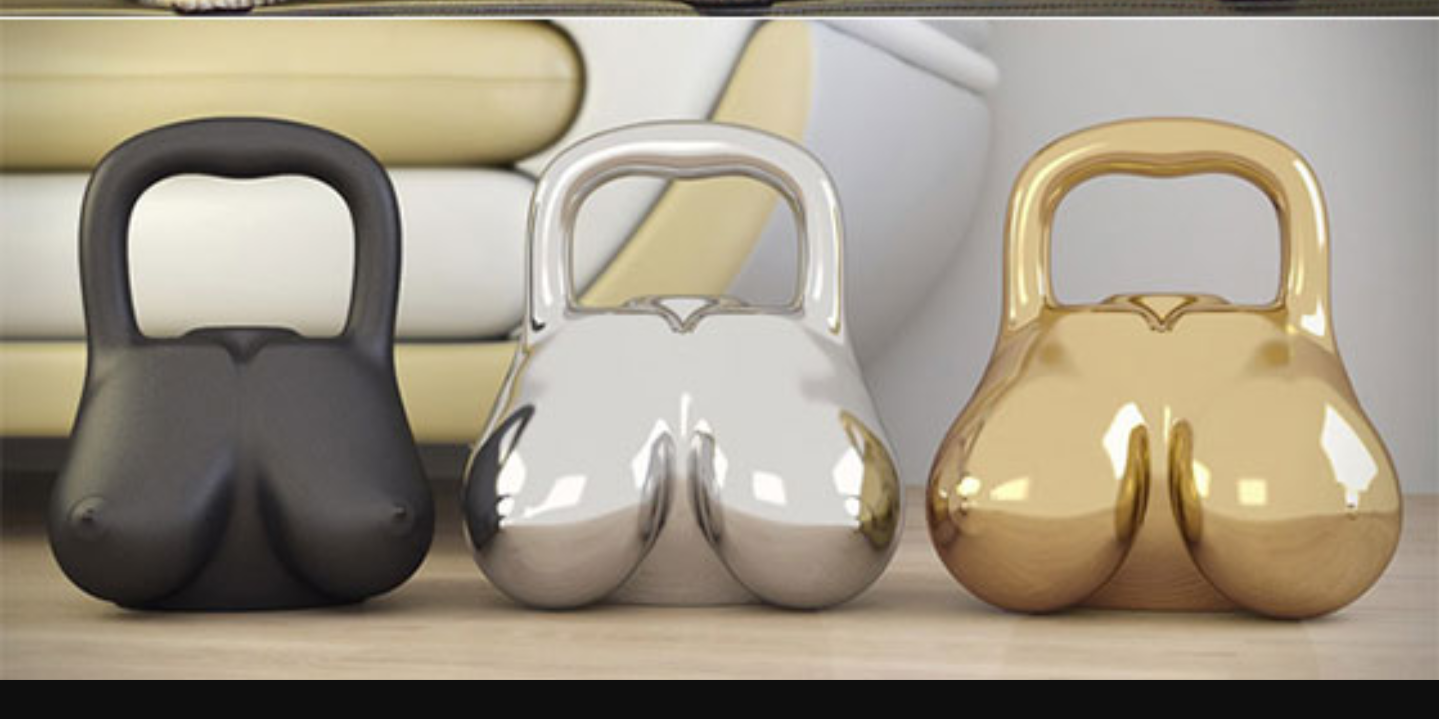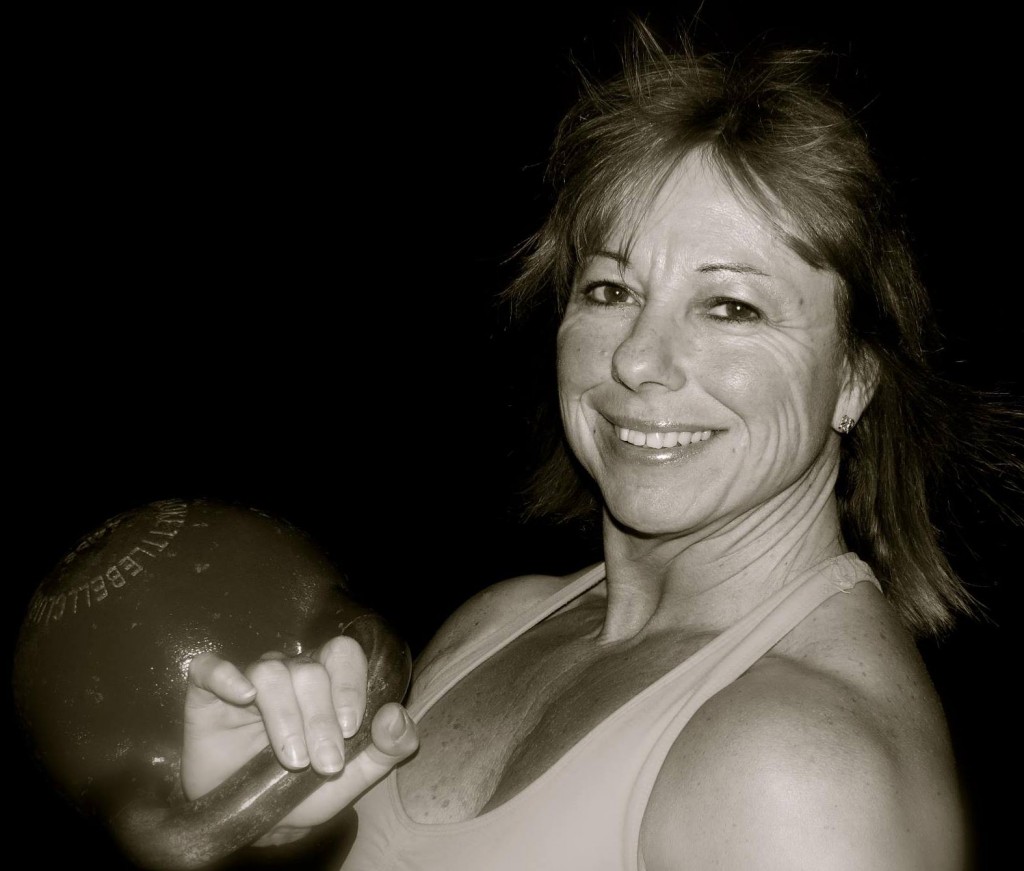
If one more person says hey, so you still use those kettle balls? I say it’s Kettlebell NOT Kettleball and usually mumble under my breath (idiot).
Do you even know what a Kettlebell is? Here are some answers to a lot of the questions I get about Kettlebells. Stay tuned for my next BLOG, 101 Kettlebell exercises.
HISTORY
Kettlebells AKA Girya were developed in Russia in the 1700s, primarily for weighing crops. They are a cast iron weight resembling an cannonball with a handle. In Russia it is said that these farmers became stronger and found them useful for showing off their strength during festivals. The Soviet army used them as part of their physical training and conditioning programs in the 20th century. They had been used for competition and sports throughout Russia and Europe since the 1940s. In the Movie 300 Kettlebells were used in the training program of the warriors to get into fighting shape for the movie.
The Kettlebell was used not only to develop strength and ability but were also used in the circus by strongmen to perform juggling acts. You will quite often still see people using Kettlebells to juggle in fact there are even juggling certifications and workshops.
ANATOMY OF A KETTLEBELL
Kettlebells have a unique size and shape, unlike traditional dumbbells. The kettlebell's center of mass is extended beyond the hand and makes the weight feel off balance. This facilitates ballistic and swinging movements. The Kettlebell allows for swing movements similar to a pendulum on a clock. The shape provides moves with added safety and added grip, wrist, arm and core strengthening. The unique shape of the kettlebell provides the "unstable force" for handling which is the key for the effectiveness of the Kettlebell exercises. It is extremely important that you treat your Kettlebell exercises different than your dumbbell exercises due to the offset balance of the tool. Once you understand the core mechanics of a Kettlebell this will enable you to perform the exercises efficiently and effectively without injury.
EXERCISE
Typical kettlebell exercises build strength and endurance, particularly in the lower back, legs, glutes, shoulders and core. Kettlebells also increase grip strength and are used in strongmen programs, powerlifting programs and body building programs. The basic movements, such as the swing, snatch, and the clean and jerk, engage the entire body at once utilizing all the major muscle groups.
Unlike the exercises with dumbbells or barbells, kettlebell exercises often involve large numbers of repetitions. Kettlebells work several muscles simultaneously and may be repeated continuously for several minutes or with short breaks. This combination makes the exercise partially aerobic and more similar to high-intensity interval training rather than to traditional weight lifting. Because of their high repetitions, kettlebell progression should start out slowly to build muscle endurance, support the joints and prevent injury. Kettlebell exercises will improve cadiovasuclar heath, improve explosive strength, increase muscle mass and overall strength, increase V02 max and metabolic conditioning.
WARNING: The movements used in Kettlebell exercise like all other exercises if not done properly can be dangerous to those who have back or shoulder problems, or a weak core. However, if done properly they can also be very beneficial to health. They offer improved mobility, range of motion and increased strength. The Kettlebell also strengthens ligaments and tendons making the joints tougher and less susceptible to injury.
TYPES OF KETTLEBELLS
This is where it gets confusing, like everything on the market there are just too many choices and different types. My theory, keep it simple stupid. I’m going to list the different types then tell you at the end which bells I use and why. Then you will understand the differences.
Fitness Kettlebells (Vinyl coated)
Traditional Cast Iron Kettlebells
Primal Kettlebells (Animal shapes, Orangutan, Gorilla, Chimp etc)
Competition Kettlebells (My number 1 choice and recommendation to anyone, beginner or not)
There are lots more on the market such as:
Purse Shaped Kettlebells
Adjustable Kettlebell
Contour Kettlebell
Soft Kettlebell
Ok, you get the picture, yes, way too many gimmick Kettlebells on the market today. Heck you can even get a Kettlebell shaped like a pair of boobies but seriously, how effective would that be? Now the skull ones are super cool and make great trophies but you really can't exercise with them so again, how effective are they?
I would recommend everyone starts with a competition Kettlebell. Don’t let the word competition scare you, it does not mean you must compete. What it means is all the bells are the same size in handle diameter and all around same size, only difference being is the weight. They are also called “Pro-Bells” and are great to learn with and come in increments of 4 lbs. Starting at 8 Kg all the way up to 48 kg and higher, these bells are also colour coded. Each size has a different colour so it’s easy to identify the size without having to pick up the bell and look at the label. Pro-bells fit on your forearm comfortably and the same way for each size. You do not have to re-learn your technique with different weights like the cast iron bells. Pro-Bells are also great for learning the sport technique and are the bells used in standard Kettlebell competitions.
I will say the Pro-Bells/Competition bells are a bit pricey so if they are not in your budget and you don't want to compete I would then recommend the Cast Iron Bells.
Picture below are my kettlebells, from the right, 5 lb cast iron, 8 lb vinyl bell, skull trophy bell, 26 Lb Competition Bell, 88 Lb cast iron. You can get an idea of the different styles and shapes. In the background of this picture are about 100 competition kettlebells ranging in sizes from 8 kg - 32 kg. We also have heavier ones in our Powerlifting gym, 36, 38 & 52 Kg.
The standard cast iron bells are not uniform in size so the heavier they get the bigger the bell and bigger the handle. It’s hard to have consistent training if your handle and bell size continually changes.
The most asked question I get is “What kind of Kettlebell should I get?” and then second, “What size of Kettlebell should I start with?”
My answer will always be the same. Depending on what you want to do with the bells, depending on how strong you are, how co-ordinated you are and depending what your goals are. That is a very open ended question with the response being different for each individual needs. Find a good resource to help you determine this. Do not just trust everything you read on the internet. Not all Kettlebell video’s are done properly and just because it’s on the internet or YouTube does not mean it’s true.
Find a coach or a good fitness instructor with credibility, who has the proof to back their credibility. Take a workshop or certification, don’t believe everything you read and see. It’s your body you are trusting with someone else’s instruction. Find someone who can critique your technique video’s because chances are, you will do it wrong the first million times you try.
Stay tuned for my next Blog, 101 Kettlebell Exercises as well as my December Christmas Kettlelbell Challenge.
#kettlebellsheri #teamelitefts #passiontrumpseverything #livelearnpasson
















